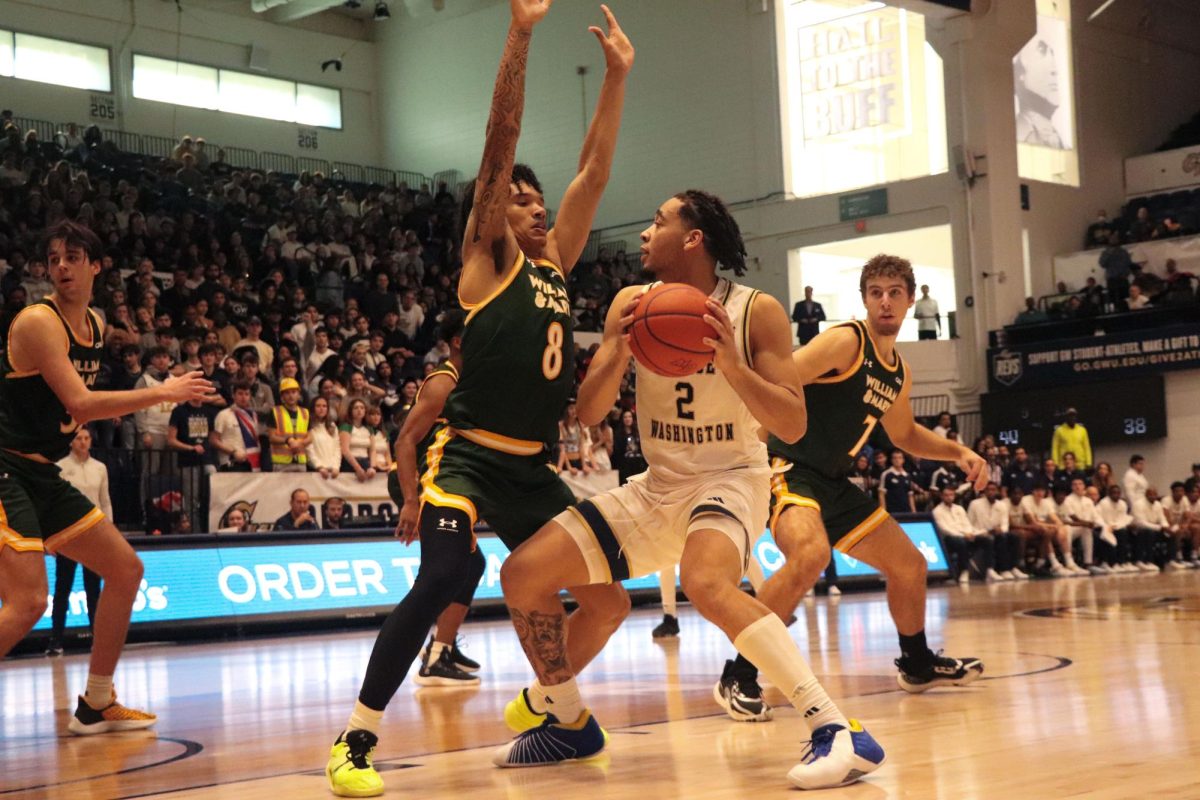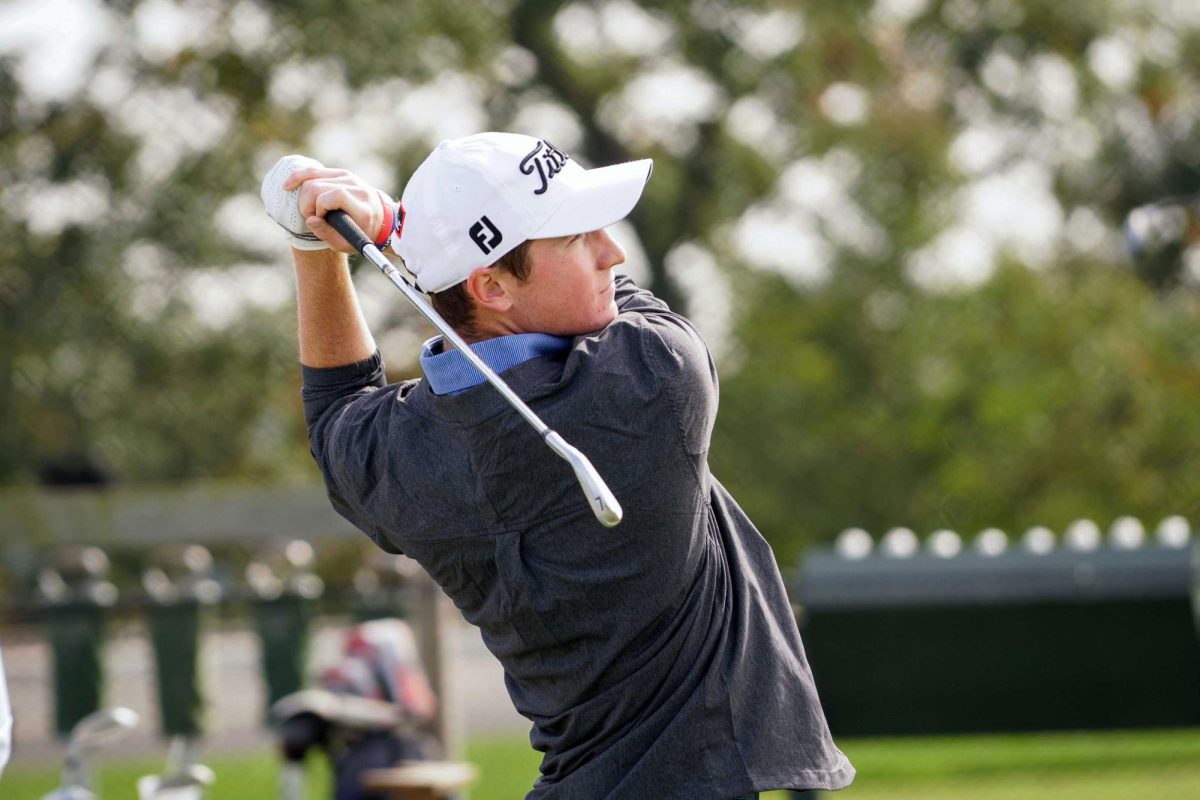Each year the University warns athletes in accordance with NCAA policy of the consequences of using drugs, but the GW athletic program does not have its own policy in place to curb drug use.
The NCAA prohibits the use of street and performance enhancing drugs, but only tests one team in each Division I school per year. The NCAA’s test does not look for street drugs, such as marijuana and heroin, and GW has no drug testing policy in place, leaving student-athletes able to use marijuana and other drugs with little consequence or chance of being caught.
Jack Kvancz, GW’s director of athletics, said he does not see it fair to test athletes internally.
“We don’t do any testing during the season,” Kvancz said. “I think you can get into a whole thing of what’s acceptable to one person isn’t acceptable to somebody else. If we had a drug policy, it would be a policy for everyone, and it would probably be challenged. I don’t know if it’s the best thing in the world to do or not the best thing in the world to do.”
At the University of Virginia, the school privately tests all its athletes for banned substances, including street drugs, prior to their season’s start. The school also randomly selects some players to be tested during their season, said Virginia’s Assistant Athletic Director and Head Athletic Trainer Ethan Saliba. If an athlete tests positive, he is forced to go through drug education and counseling, Saliba said. Three positive tests at Virginia would result in removal from competition.
“The goal is to assure safety and make sure they are educated,” Saliba said. “Coaches can definitely increase the severity of the consequence; they can’t lessen it. Some coaches have an absolute ‘no tolerance’ policy.
“Our policy is to keep this as internal information,” Saliba said.
Many GW athletes do not know that they will not be tested for marijuana. Sophomore lacrosse player Emily Sternbach said all athletes are required to watch a movie about drugs produced by the NCAA before competing, but said that the video is old and seems outdated.
“I don’t think anyone knows that (the NCAA and GW don’t) test for marijuana,” Sternbach said. “The video says anything you take or smoke will be caught.”
Marijuana, heroin and THC are forbidden under NCAA Bylaw 31.2.3.1, listed in the NCAA’s Drug-Testing Program, which classifies them as banned street drugs. However, the only occasion where an NCAA athlete may be tested for street drugs is during a championship, said Mary Wilfert, the NCAA’s Drug Testing Administrator.
The NCAA tests some championship events annually, while others are tested less frequently, Wilfert said. Each championship is tested at least once every five years.
If a championship event is selected, winners and top-seeded athletes, along with randomly selected participants, are tested.
No data on which players or teams were tested is made public, Wilfert added, but senior Jack Hornberger, captain of the men’s water polo team, said he has not been tested during his four years at GW.
Wilfert said about 12,000 NCAA athletes are tested every year. There are 223,421 athletes that compete in Divisions I and II competition, according to the NCAA Web site. Division III athletes are only tested during championship events.
NCAA selects the team tested during campus visits using a variety of factors, Wilfert said, including history of drug use in the sport. For instance, baseball is more likely to be tested than golf because the sport has frequently had drug abusers in the past, she said. The NCAA tests all football programs each year.
The players on the team who are tested are randomly chosen.
“It’s not possible to test all players, but what our current testing program does is it puts all Division I athletes on notice that at any time during the year, they could be tested,” Wilfert said. “They may not be tested, but it serves as a deterrent.”
A study done in 2004 by the Arrestee Drug Abuse Monitoring program, a National Institute of Justice program, reported that 18.9 percent of college students used marijuana in the past month, 33.3 percent used the drug in the past year and 49.1 percent in a lifetime.
An athlete can test positive for marijuana for a few days after a one-time use, or up to a month after stopping in the case of a chronic smoker, said Cynthia Kuhn, a Pharmacology professor at Duke Medical Center.
Kuhn said the use of marijuana would adversely affect athletic performance.
Kuhn said: “I can’t imagine a sport where your performance wouldn’t worsen on marijuana than not on marijuana.”
-Daniel Gardner contributed to this report.







